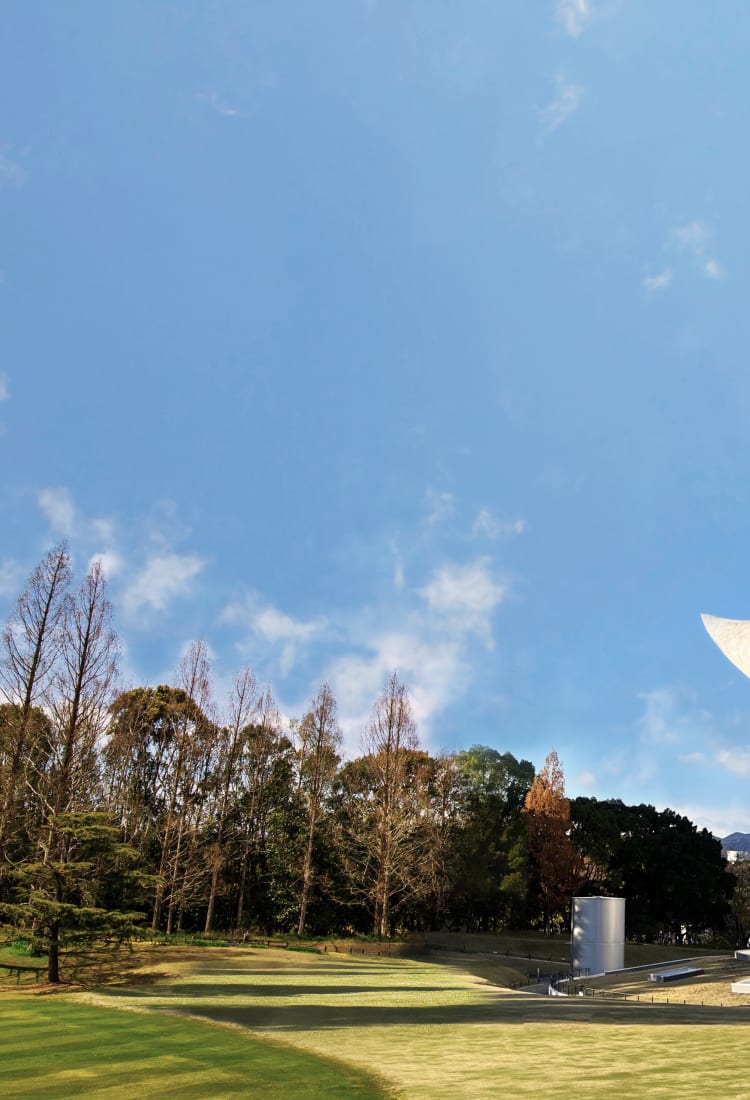
2023.02 Exploring Expo 2025 in Yumeshima, Osaka and Taro Okamoto’s Artistic Legacy “Designing Future Society for Our Lives”
Currently, 150 countries from around the world are planning to exhibit pavilions at the event, which has a projected visitor count of 28 million people. Demand will soar exponentially in the lead up to Expo 2025, so if you’re considering a visit, best start planning ahead!
The World Expo: History inside and outside Japan
Throughout history, the World Expo has provided a dynamic stage for showcasing global human progress. The first iteration – known as the Great Exposition in London, 1851 – launched a tradition of finding solutions to the era’s pressing challenges through engaging and immersive pavilions and experiences.
Japan hosted the first expo in Asia in 1970, also in Osaka. Through an overarching aesthetic created by renowned artist Okamoto Taro, this expo established a precedent for Japan’s ability to shine a fascinating contrast on an increasingly globalized world.
Hosting a World Expo for the third time in the post-coronavirus world will give Japan another chance to lead the way forward in a new era of global consciousness and meaningful humanistic connections.
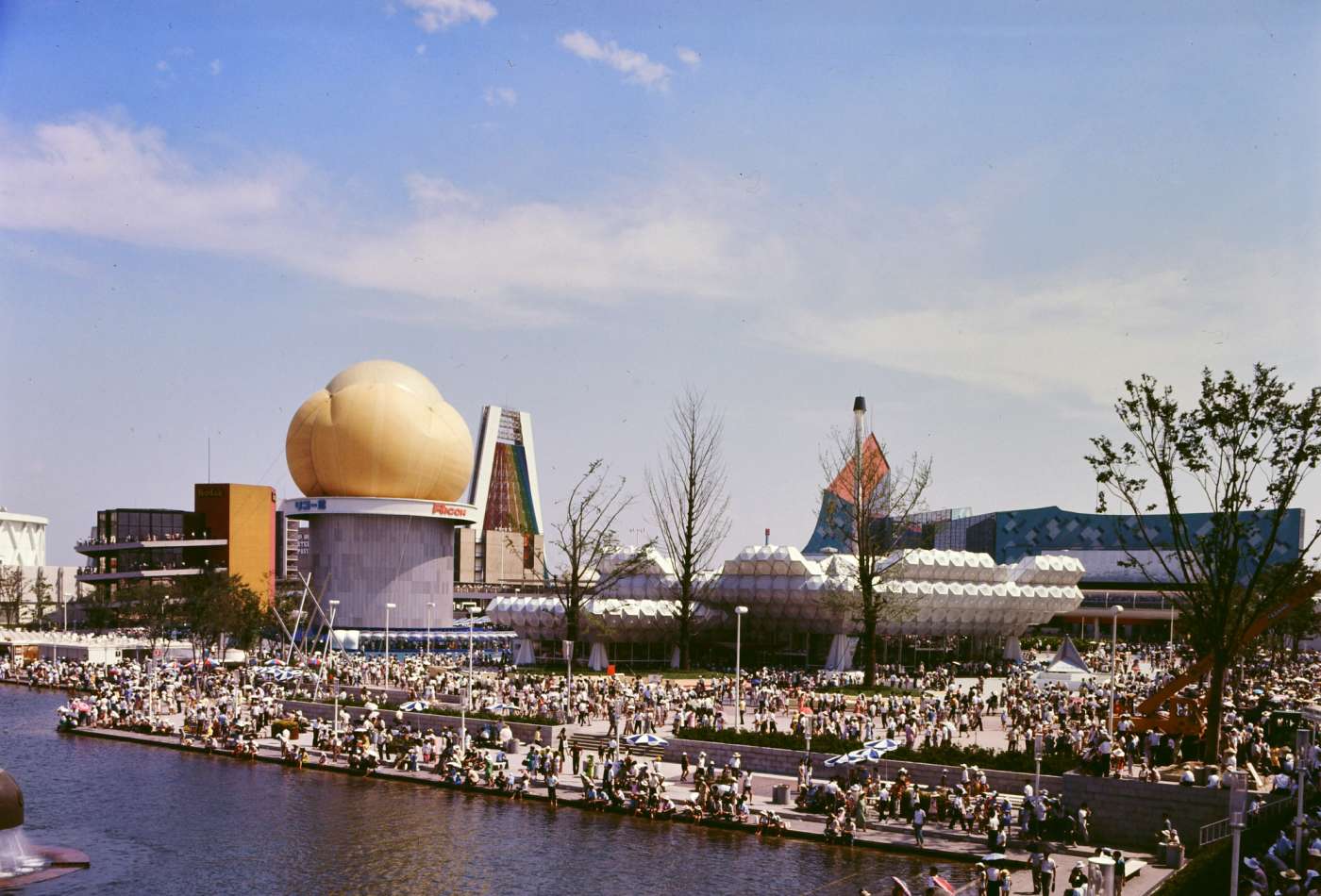
The Chemical Industry Pavilion (center) and the Ricoh Pavilion (left) behind Yume-no-Ike (Dream Pond) at Expo '70 Osaka.
Expo 2025: Osaka’s Yumeshima as a global gathering place for a brighter future
The 2025 World Expo will be held on Yumeshima (lit. “Dream Island”), a dynamic modern landscape of interconnected urban landforms in Osaka Bay. "Designing Future Society for Our Lives” – this simple yet powerful theme will be brought to life through pavilions presenting visions of a sustainable society that embraces challenges, promotes emerging sciences and fosters evolving technologies crucial to prosperity for all.
Yumeshima provides a highly convenient location for Expo 2025, with easy access to the greater area’s popular tourist destinations of Kyoto, Nara and Kobe. The location of “Dream Island” promotes connecting Japan with the whole world through the surrounding sea and sky, and programs scheduled will take advantage of this unique and compelling location.
Yumeshima will serve as a model for “Society 5.0” through implementation of renewable energy, MaaS (Mobility as a Service), human-friendly robots, machine translation, 5G networks and renewable energy. Further, sophisticated virtual technology at the expo as well as online participation through avatars will allow the event to be experienced by all.
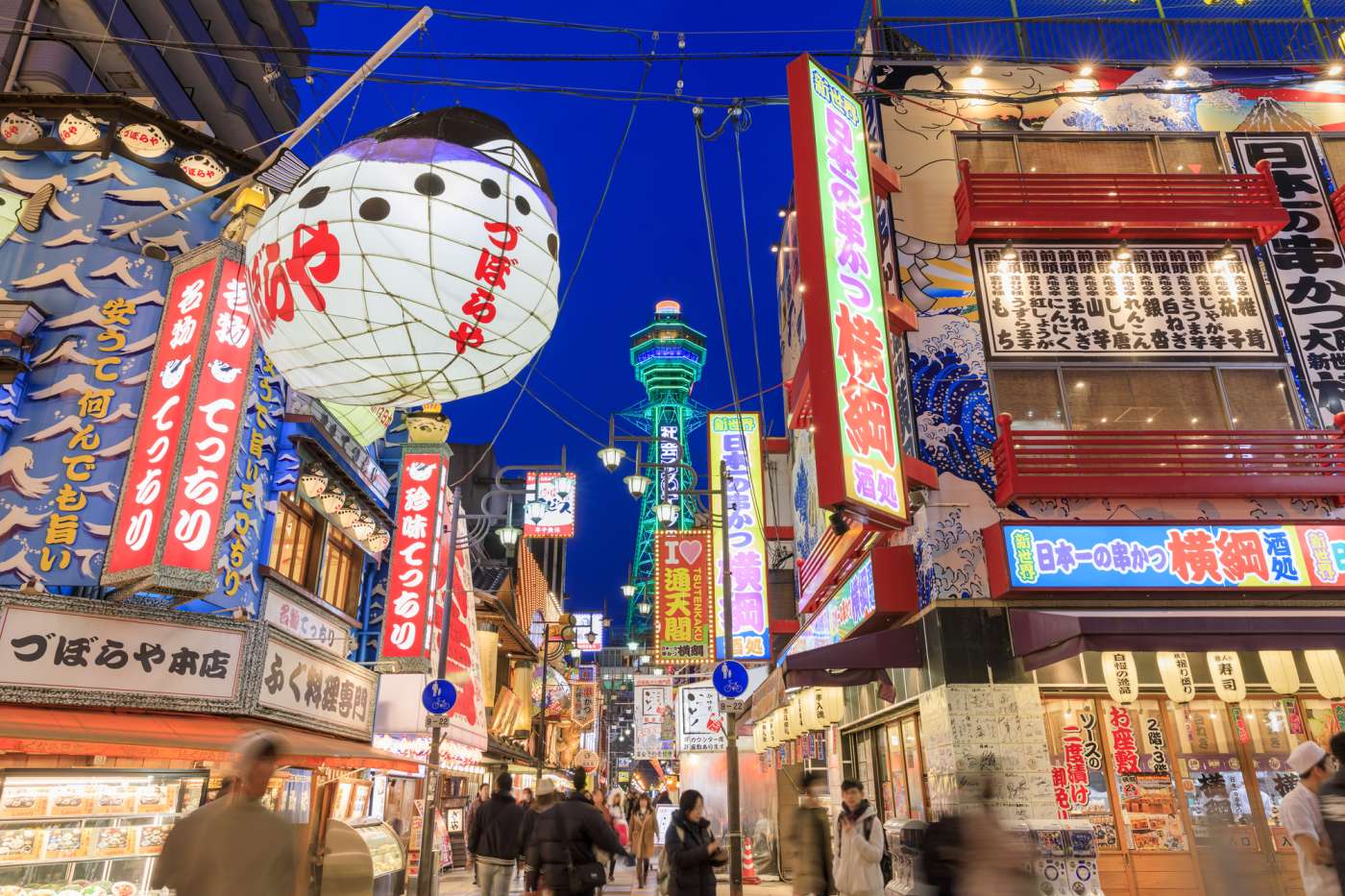
Osaka City is also contributing to transportation in the form of new trains on the Osaka Metro with improved security features and comfort, including temperature adjustment depending on congestion levels. Safety will be ensured throughout the event via infection control, disaster prevention and risk mitigation measures.
Taro Okamoto’s lasting legacy on the expo in Japan
Renowned Japanese artist Taro Okamoto (1911–1996) had experiences in Europe at a young age that changed his life and set him on a path toward artistic greatness. In addition to his indelible impact on Japanese art through his avant-garde paintings, public structures and murals, he is also known for his theorization on traditional Japanese culture and avant-garde art. The work he created for Expo '70 in Osaka, notably his masterpiece the Tower of the Sun, has become an iconic symbol of the region that expresses his unique style.
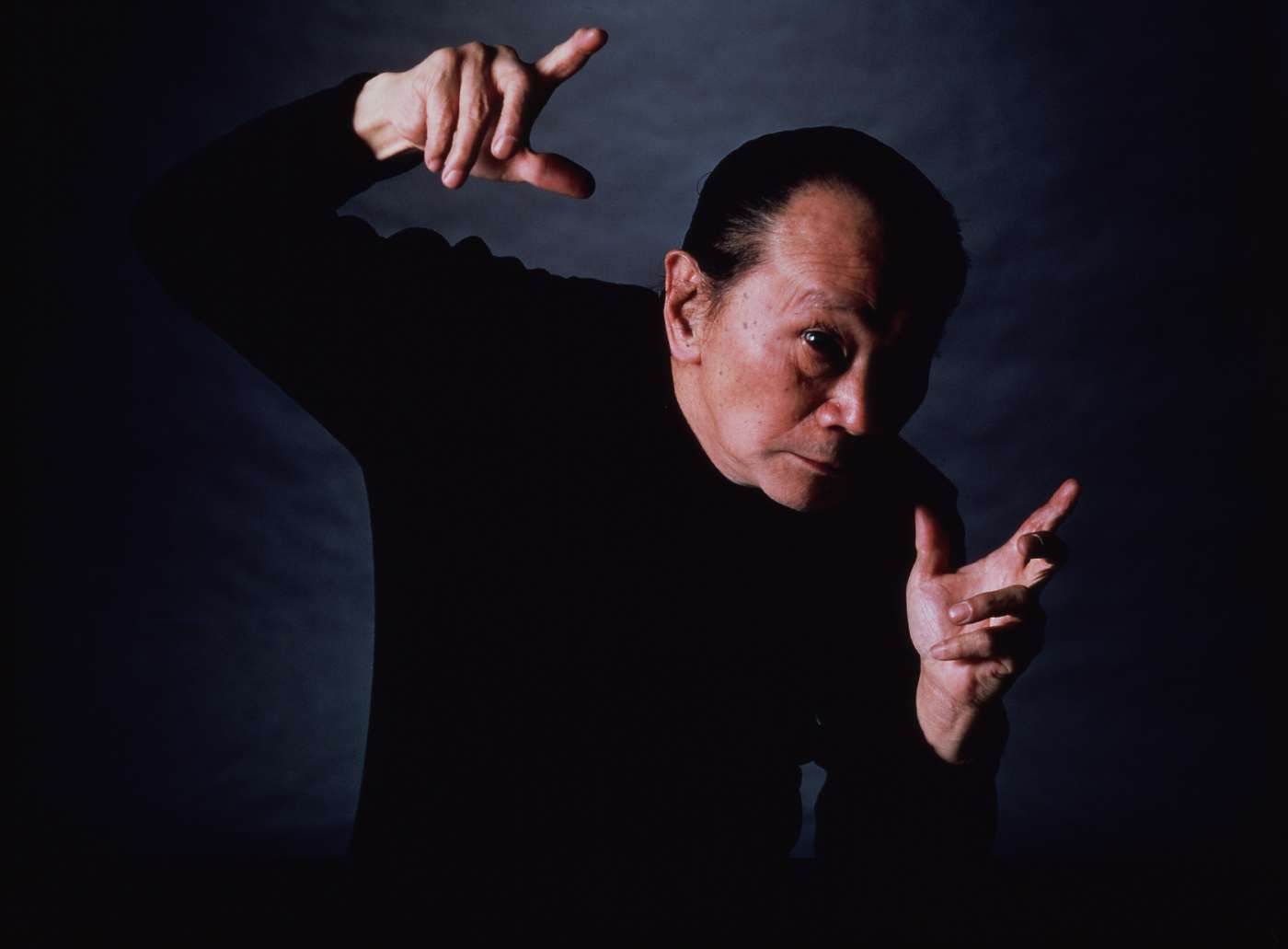
Taro Okamoto was one of Japan's foremost avant-garde artists.
Photo credit: Taro Okamoto Memorial Museum (current as of 2023)
Looking towards Expo 2025, Okamoto’s influence was also clear on Team Inari, an Osaka-based graphic designers’ group that came up with the curious Expo 2025 logo. The intriguing logo of a lifeform with five different eyes has become highly recognizable already, borrowing from Taro Okamoto’s legacy of surreal yet compelling images that convey the “brilliance of life.”
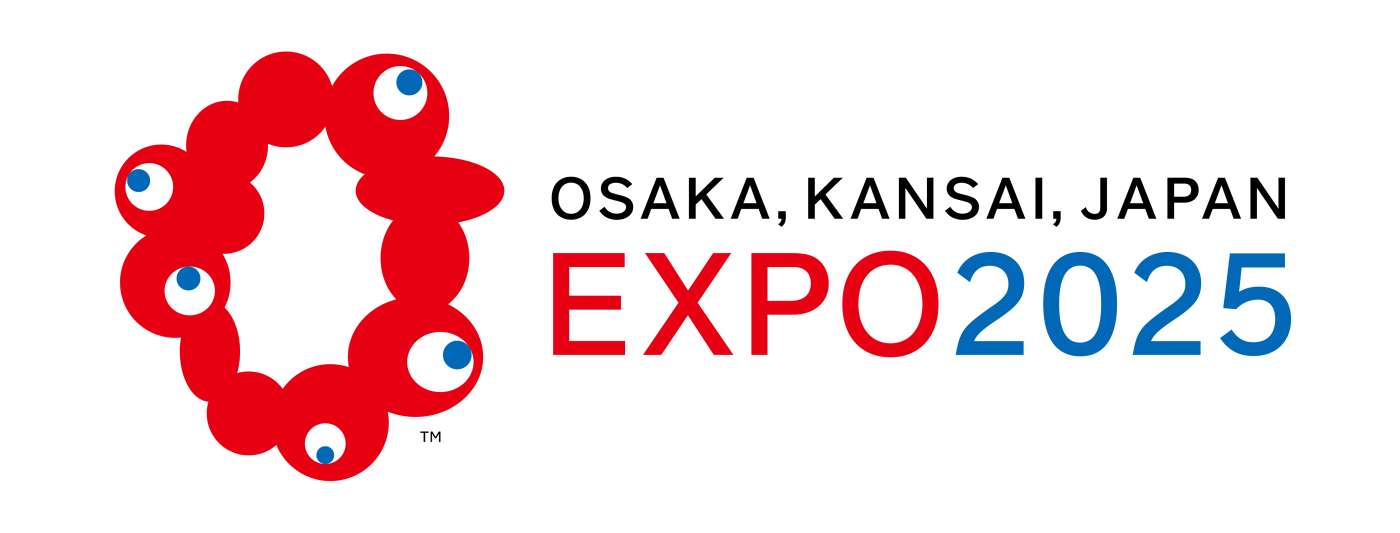
ⓒExpo 2025
The playfulness of Taro Okamoto’s work can be found in the playful and unique Expo 2025 logo.
For fans of the avant-garde, Japanese anime or other powerful artistic traditions, exploring Mr. Okamoto’s art will give visitors to Japan a better understanding of contemporary Japanese art and some of the influences behind Expo 2025.
Viewing Taro Okamoto’s work at Expo ’70 Commemorative Park
Aside from the array of perspectives Expo 2025 will certainly offer, visitors will also be able to explore Expo ’70 Commemorative Park, home to Taro Okamoto’s famous sculpture the Tower of the Sun, now a part of the Tower of the Sun Museum.
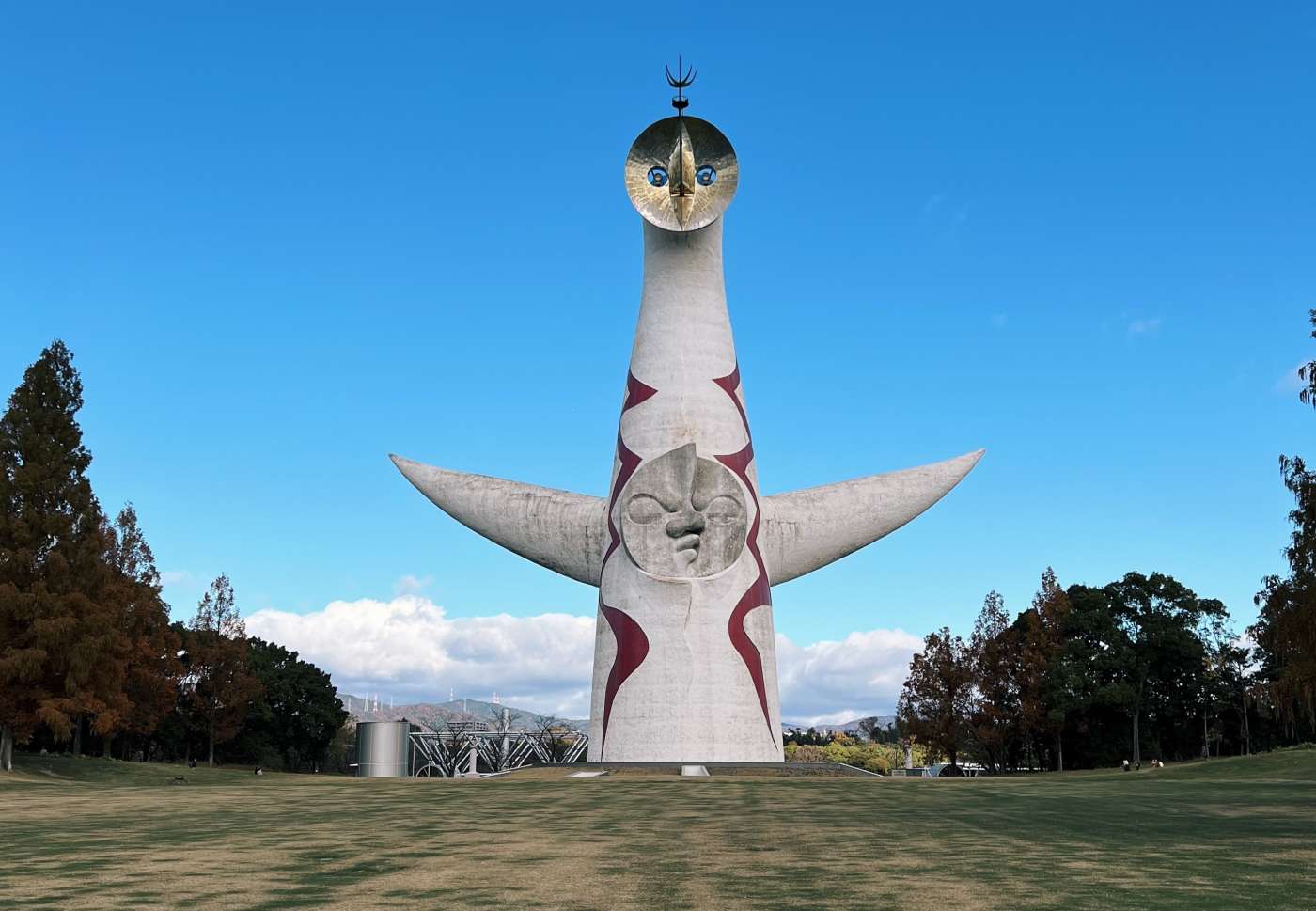
Taro Okamoto was one of Japan's foremost avant-garde artists.
This popular museum (reservations required) offers a surreal yet insightful look into Taro Okamoto’s inspirations as artist, including a look into how the Tower of the Sun played such a central role in Expo ‘70. His overarching theme was of a nuclear whole focused on the center, creating an autonomous community capable of reciprocal benefit for all.
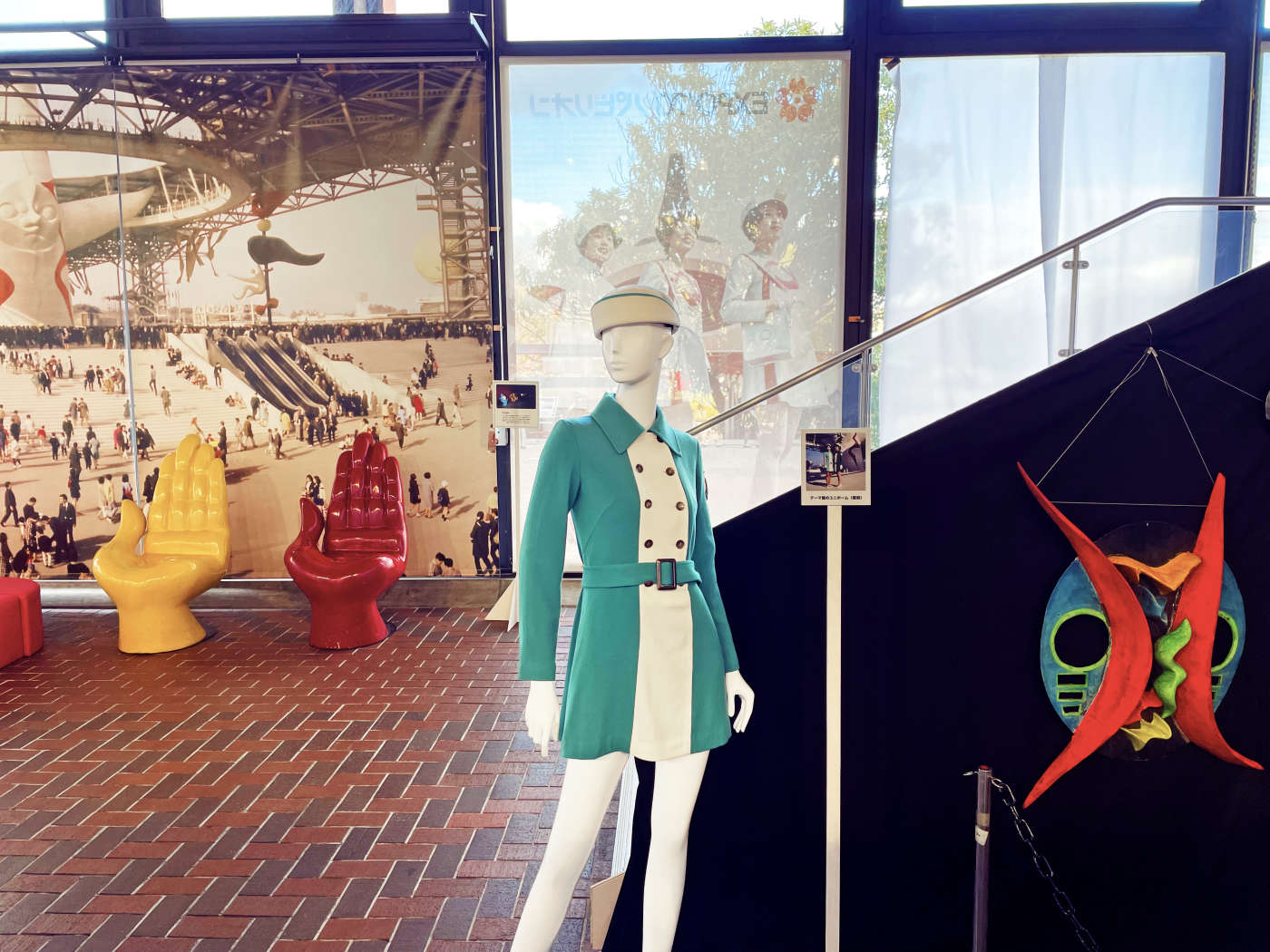
Many of the inventive designs created for Expo ’70 can be seen in the onsite museum.
Expo ’70 Commemorative Park also allows visitors to view the original facilities from Expo ‘70, including the Japanese Garden and the Japan Folk Crafts Museum. The park has a distinct focus on culture while embracing the natural environment, and the expansive grounds are perfect for both relaxation and a foray into Japanese cultural history. For the avid traveler keen to soak up new knowledge, the National Museum of Ethnology’s library is one of the largest academic, multiple-language reference libraries in Japan.
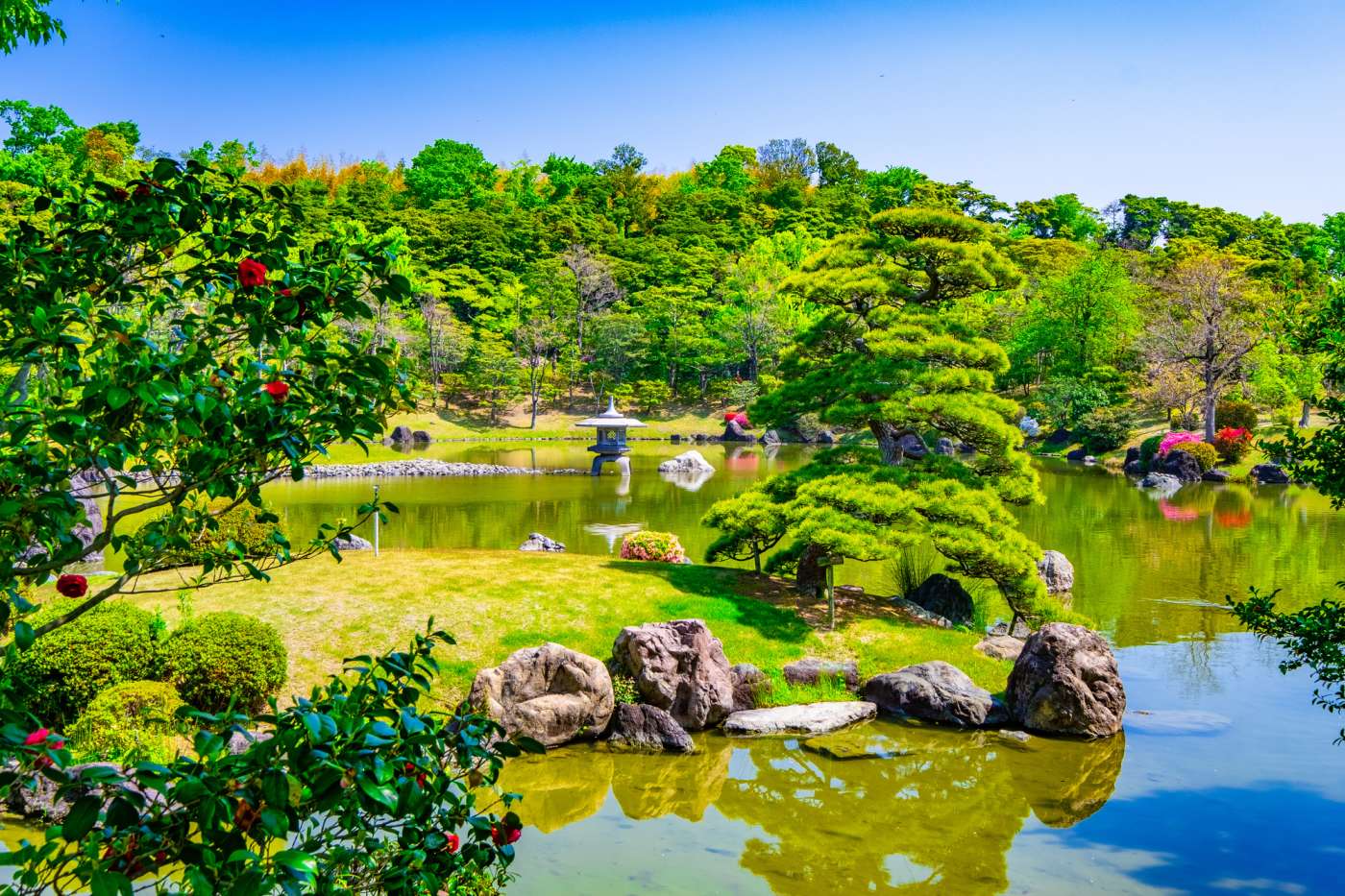
Many former pavilion areas have been renovated into forests and seasonal flower gardens today.
Visiting the Taro Okamoto Memorial Museum to explore the artist’s legacy
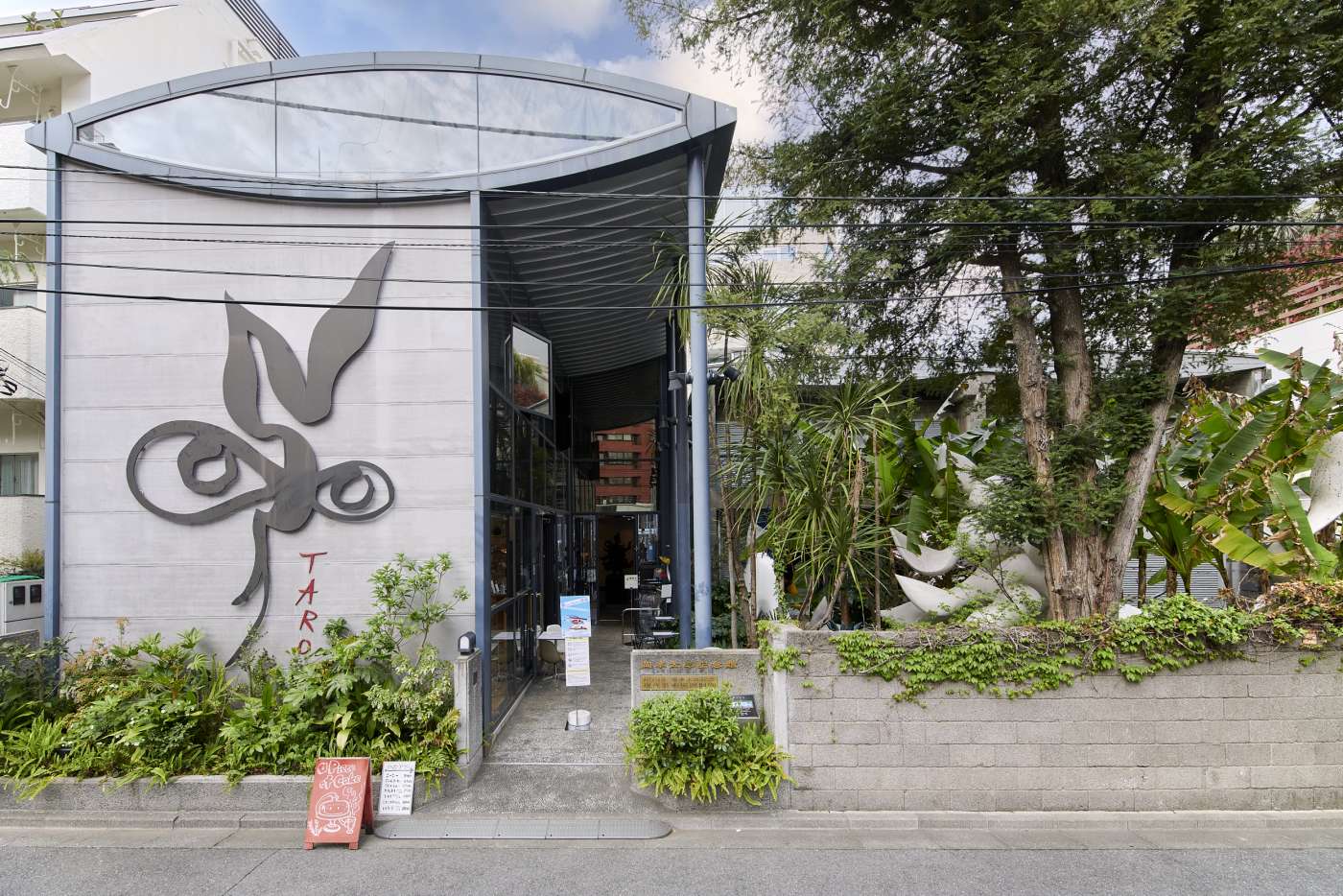
Stepping into the Taro Okamoto Memorial Museum.
Photo credit: Taro Okamoto Memorial Museum (current as of 2023)
For those further interested in Taro Okamoto’s legacy, the building in Minami-Aoyama, Tokyo that served as the artist’s home and studio for forty-two years is now open to the public as the Taro Okamoto Memorial Museum.
Here, visitors can view the studio where Taro Okamoto created all of his paintings from 1954 onwards. The museum’s garden also represents part of the artist’s repertoire, where banana trees, ferns and weeds grow wild, with sculptures placed haphazardly as if sprouting from the earth.
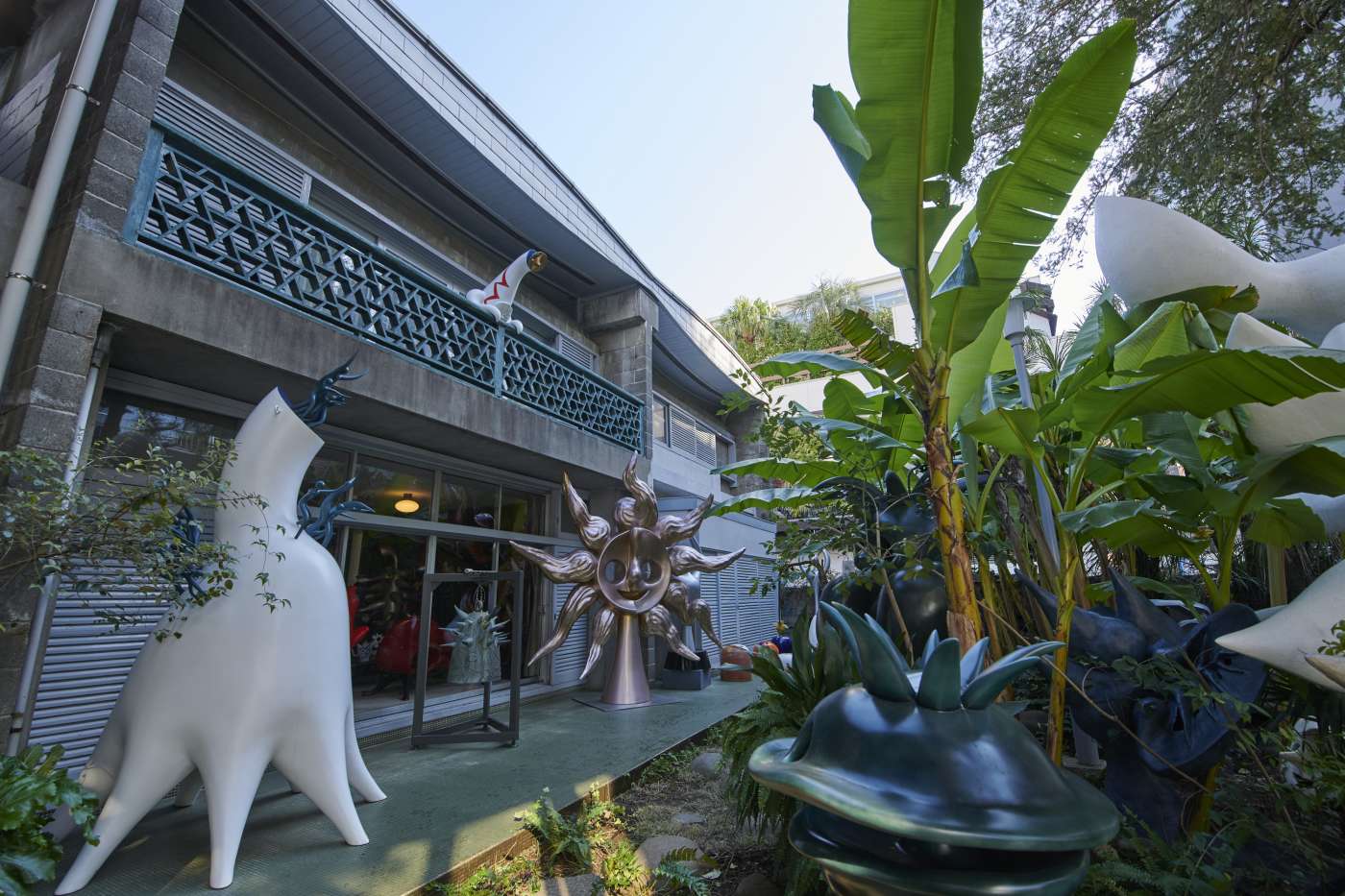
Many curious creatures can be found in the museum’s garden.
Photo credit: Taro Okamoto Memorial Museum (current as of 2023)
Demand for Expo 2025 will certainly skyrocket as the event approaches, but the focus on a brighter future for all, alongside Taro Okamoto’s artistic influences, will make for a compelling experience that connects Japan further to the global community, giving visitors a deeper understanding of Japan’s place in the world.
Business hours
Due to measures to prevent the spread of COVID-19, business hours may be subject to change; please check with the venues before visiting.
Information
Expo 2025 Official Site |
Expo ’70 Commemorative Park |
Taro Okamoto Memorial Museum |




















































